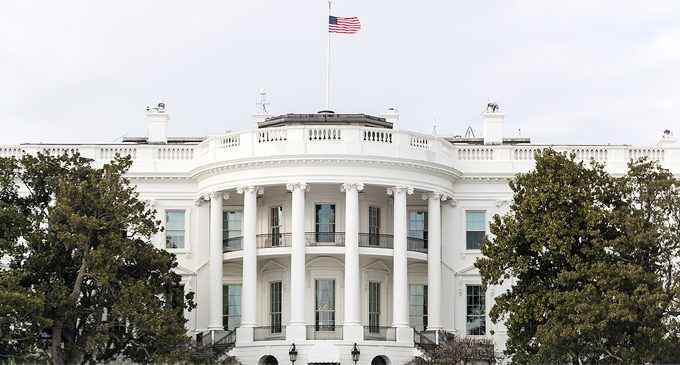Commentary: Why would White House propose $9.2 billion cut in education funding?

By Charlene Crowell
No one ever said that higher education wouldn’t cost money. Across the country, tuition is steadily rising and students are taking longer to pay off their student loans.
Today, 44 million consumers share $1.4 trillion in borrowed student debt – more than double what it was in 2008. On average, graduating seniors with a bachelor’s degree begin their careers with about $30,000 in student loans, while graduate students are almost assured of incurring six-figure student debt.
All of these financial burdens have been acquired against a backdrop of an increasingly competitive global economy. The 21st Century marketplace is also dependent upon a highly-skilled workforce. Gone are the days when manufacturing could provide a steady and comfortable living. From steel to textiles and more, global competition requires America to work smarter and harder.
So why would the Trump Administration propose a $9.2 billion cut in education?
Over the next decade, the White House wants to “save” $143 billion from college loan programs, including an end to $26.8 billion in subsidized loans. Currently, Pell Grants, designed to assist low-income students, are capped at less than $6,000 per scholastic year despite the average cost of tuition at a public college for its own state students approaching $10,000 per year.
Here’s one White House explanation on how less access to higher education is going to help the nation’s ability to remain economically competitive.
“We’re no longer going to measure compassion by the number of programs or the number of people on those programs, but by the number of people we help get off of those programs,” said White House Budget Director Mick Mulvaney during a May 23 press briefing [https://www.whitehouse.gov/the-press-office/2017/05/23/press-briefing-fy2018-budget].
It seems like the White House is really averse to more Americans receiving a higher education at a time when college costs and its resulting debt are on an upward trajectory. Certainly, education budget cuts will not ‘make America great again’.
Two days later and on the floor of the U.S. Senate, a diverging view was spoken, “Let’s give struggling students a fair chance,” said Illinois’ Senator Richard Durbin.
“We are seeing an increase in the wealth gap between college graduates with student debt and those without student debt”, Durbin continued. “The burdens of student debt are threatening the notion that being college-educated is enough to get ahead.”
Since 2005, student loan debt, unlike other types of unsecured debt, cannot be a part of a bankruptcy filing. In other words, it’s the kind of debt that could potentially follow borrowers to the grave.
The Fairness for Struggling Students Act of 2017 (S. 1262), introduced by Sen. Durbin and co-sponsored by 11 other senators would allow financially struggling borrows to discharge private student loans in bankruptcy. The law is anticipated to relieve high-cost private loans that seldom come with many of the flexible repayment terms offered by federal ones. Some private student loans come with variable interest rates, high origination fees and scant – if any – repayment options.
Already the bill has attracted the support of a large coalition of educational, student, civil rights and consumer organizations that include: the United Negro College Fund (UNCF), NAACP, the American Federation of Teachers, the Empire Justice Center, National Association of Student Financial Aid Administrators, and the Center for Responsible Lending (CRL).
According to the Consumer Financial Protection Bureau (CFPB), in 2012, at least 850,000 private loan borrowers were in default in the amount of $8 billion. Two years later in 2014, CFPB analyzed more than 5,300 private student loan complaints filed between October 2013 and September 2014. That analysis found that the lack of affordable repayment plans, not a disregard for the debt, drove many borrowers to default.
Defaulting on a private student loan has the potential to bring even more financial calamity to borrowers. In some cases, the entire loan balance may become due in full, immediately. Loan defaults can also lower consumers’ credit profiles, preventing some borrowers from passing a background check for a job, obtaining housing, or accessing low interest forms of credit.
“Quality education is an investment – not a cost – to our nation’s future, noted Whitney Barkley-Denney, a CRL policy counsel. “Its policies and practices must assure student success while minimizing costly debt errors that become unnecessary burdens.”
Charlene Crowell is the Center for Responsible Lending’s communications deputy director. She can be reached at Charlene.crowell@responsiblelending.org.
















